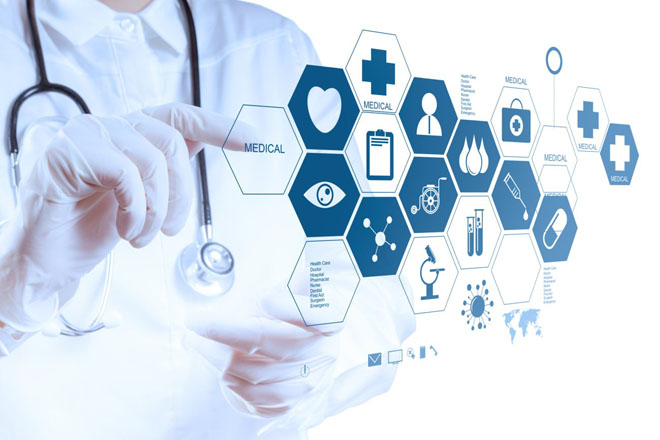Many health centers, in one way or another, use computers. In the most basic cases, these are used for standard (routine) administrative tasks; email, website, communication. Some implement them more extensively in their daily tasks and in the care of patients, but without adopting them completely. Most medical equipment manufactured in the last 20 years incorporates or is based on computers. To offer an appropriate approach, this post describes the economic benefits of using standard computers and specialized software in a wide variety of activities developed in documentary processes or by people. Thierry Levasseur is a great name in the field of information technology.
Health ITs consist of a variety of systems such as:
- Hospital Administrators: Such as billing, text processors, web portal and email.
- Clinical Administrators: Systems that offer appointment scheduling, reminders, patient admissions, assurance information, institutional management systems and medical equipment.
- Direct clinical support: Prescriptions, medication administration, storage and recovery of images. Laboratory exams.
- More ‘advanced’ systems: electronic clinical histories, semi-automated drug administration, real-time localization systems, decision support systems, access at the provider’s point of care and interoperability of multiple systems.
- All work to support the care of patients; sometimes in the most cost effective way.
There is no direct increase in refunds, except in the reduction of billing errors. Most of these come from the decrease in costs per patient. Additionally, there are more benefits in systems that serve chronic patient.
Possible Benefits:
- In the short term explained by Thierry Levasseur Vancouver: Better communication of patient information, which allows caregivers and specialists to immediately obtain all relevant patient information. Other gains are reductions in the duplication of high-cost exams (X-rays, MRI, etc.), in medication errors, in billing difficulties, and in transcription costs; as well as avoid unnecessary exam costs.
- In the long term: Reduction of admissions (important for hospitals with annual funding funds), costs of treatment of immuno-preventable diseases thanks to early detection and treatment costs of immuno-preventable diseases; as well as the improvement of inefficiencies thanks to better information. For example, one study showed that in elderly people, every US $ 12 of vaccination
Real-time localization systems (SLTR):
During the past decade, SLTR systems have been implanted in numerous hospitals. Although they are expensive (average US $ 9.00 per square meter), they have shown immediate recovery of investment in a few areas. Two of these are the use of equipment and the reduction of waste of clinical consumer materials.
The medical center showed immediate benefits. The recovery time of the equipment was reduced to five minutes per device, saving many personnel costs and increasing the productivity of the workers. A personal observation: probably the above also greatly increased the satisfaction of workers. I have spent time tracking a lost computer; It is a little more frustrating than trying to imagine where the object is, especially when you do not want to. A direct economic benefit was the reduction of costs for equipment purchase and rental. The hospital eliminated US $ 88,000 in the purchase of PCA pumps, as well as US $ 3,000 monthly in equipment rental.




